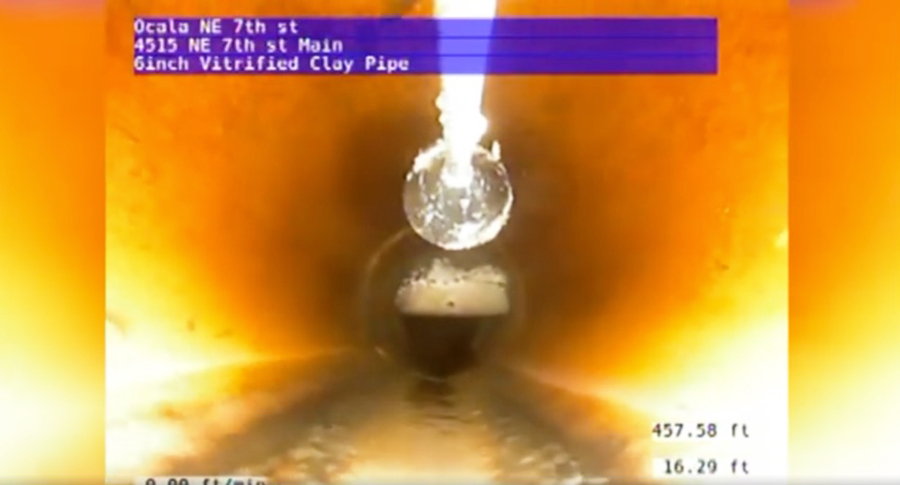October 2024 Vol. 79 No. 10
Features
Water, Sewer Damage Awareness Week 2024 is providing education, strategies to industry communities
(UI) — Water & Sewer Damage Awareness Week (WSDAW) 2024 is planned for Oct 21-25. This year, key stakeholders in the water and wastewater industry from across the country are gearing up to receive free educational presentations tailored to provide industry-leading practices and strategies to protect and maintain the water and wastewater systems that we all rely on.
The industry-wide initiative is now in its second year, and main sponsor, GPRS, has refined its focus to give water and wastewater professionals and municipal managers best practices and safety education to give them proactive control of the management, maintenance and assessment of the essential pieces of their water and wastewater infrastructure. Communities, campuses and large facilities can all be protected from ongoing water main breaks, cross bores, sinkholes and sanitary sewer overflows that so often go unaddressed until damage has already occurred.
The complimentary event is structured for four main types of stakeholders who oversee, manage or work directly with water and wastewater assets in both the private and public sectors. These include public works departments, engineering firms, facilities managers and property management firms.
The content presented last year was broadly focused on the water and wastewater community at large. This year’s presentations contain tailored messaging and case studies specific to each individual area of water and sewer utility management. Each water and wastewater mission carries its own varied responsibilities and challenges, especially for those in the field every day.
Main topics
Pipeline condition assessments, asset management plans and aging infrastructure will be addressed, as will information specific to key stakeholder groups, such as property management firms, for instance, where the presentation covers risk assessments prior to purchase, water intrusion and due diligence assessments among other issues. Other key topics discussed specific to facilities and public works include proactive strategies to prevent water intrusion and non-revenue water loss (NRWL), as well as the dangers posed by cross bores and how to mitigate them proactively.

The goal is to ensure that each presentation provides the most relevant safety education opportunities and best practices to educate and reinforce them for teams during Water & Sewer Damage Awareness Week 2024.
The goal of Water & Sewer Damage Awareness Week is to provide attendees with effective plans to prevent damages and protect the critical water and wastewater infrastructure in their communities. Information provided and stats shared throughout presentations can assist in effectively managing water infrastructure with a data-driven approach. This puts key stakeholders in a proactive stance that allows them to ward off potential issues, more easily maintain systems, and reduce the likelihood of major failures. By implementing these strategies, public works departments, engineering firms, facility and property managers can significantly improve the efficiency and reliability of their systems, ensuring safe and uninterrupted service to their communities.
GPRS Chief Strategy Officer and SiteMap Product Executive, Jason Schaff, explained that Water and Sewer Damage Awareness Week is designed to help managers take back control of their water and wastewater systems.
“Infrastructure in the US is in poor shape – water and wastewater systems are no exception,” Schaff said. “WSDAW offers education on practical ways to prevent the further degradation of these critical underground assets. WSDAW is the marrying of a solution with a problem.”
Industry-wide statistics of note include:
- A water main break occurs every two minutes in the U.S.
- One million cross bores lie undetected across the U.S.
- 70,000 sanitary sewer overflows occur annually in the U.S.
- Six billion gallons of water are lost daily in the U.S. due to defective subsurface water infrastructure. This is referred to as non-revenue water (NRW) and $2 billion of it trickles away into the soil or waterways each year
- The United States’ infrastructure scored a C- on the 2021 American Society of Civil Engineers Report Card
For more information about WSDAW or to sign up for a free WSDAW safety event, visit WSDAW.org.





Comments